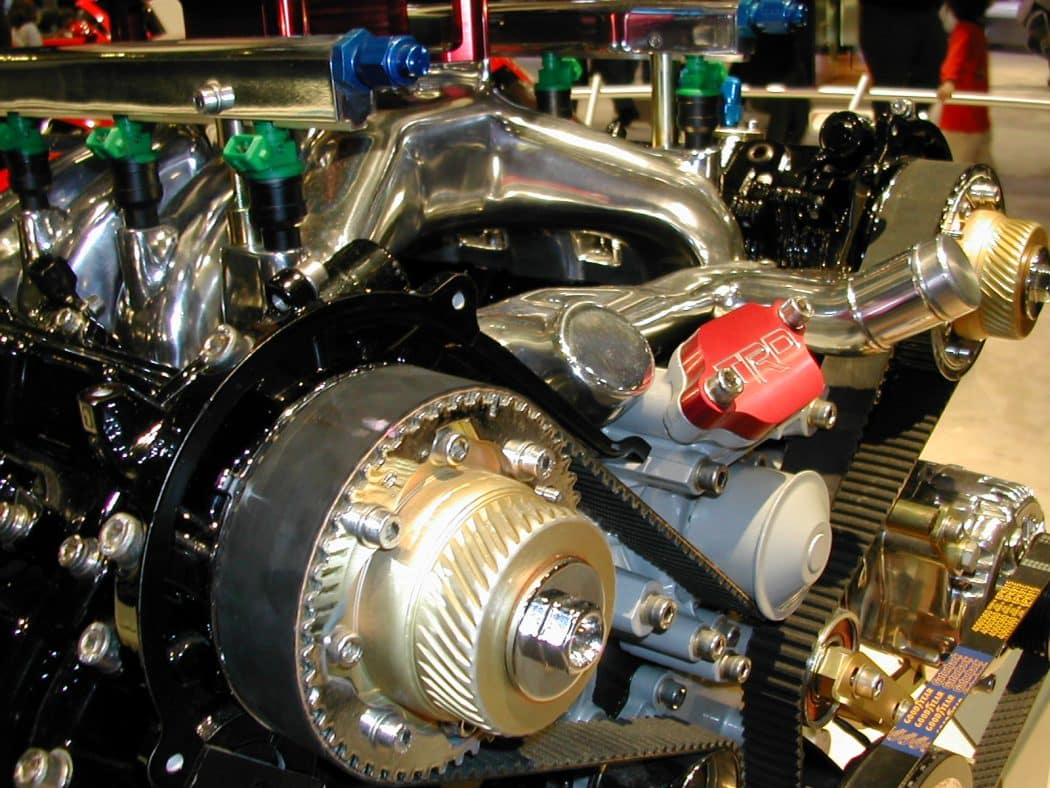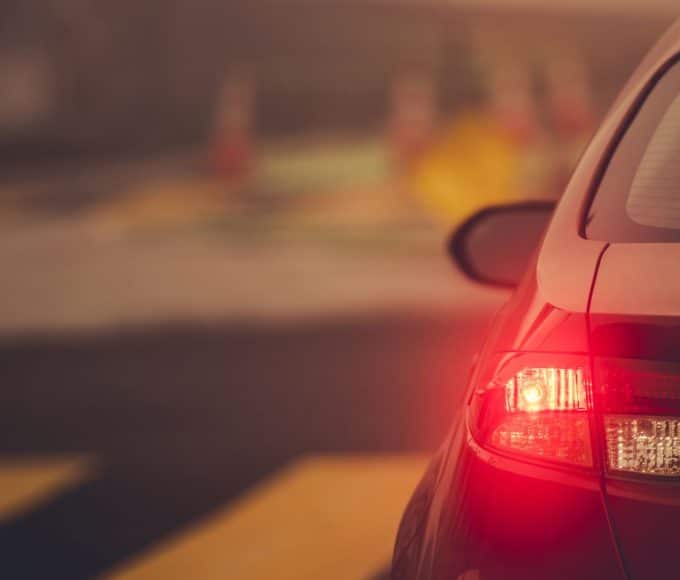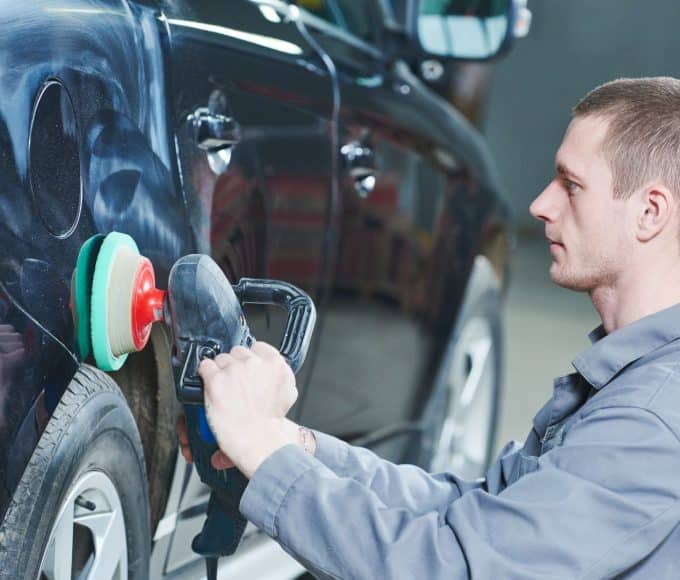 Nobody likes garage bills whether expected or otherwise, but it’s surprising how few car owners know enough about basic car maintenance to be able to avert common, and often expensive to repair, problems. For example, a recent survey of motorists revealed that 47% fail to check their car engine’s oil level on a regular basis, and 27% never check their oil level. Basic car maintenance is both easy and essential. Setting thirty minutes or so aside once a month to undertake simple checks and preventative maintenance can help extend the life of your car, improve your fuel efficiency and provide years of problem-free motoring.
Nobody likes garage bills whether expected or otherwise, but it’s surprising how few car owners know enough about basic car maintenance to be able to avert common, and often expensive to repair, problems. For example, a recent survey of motorists revealed that 47% fail to check their car engine’s oil level on a regular basis, and 27% never check their oil level. Basic car maintenance is both easy and essential. Setting thirty minutes or so aside once a month to undertake simple checks and preventative maintenance can help extend the life of your car, improve your fuel efficiency and provide years of problem-free motoring.
Follow our straightforward guide to the essentials of basic car maintenance and you’ll see just how easy caring for your car can be.
Checking and maintaining the engine’s oil level
Oil plays a crucial role in lubricating and cooling engine parts and allowing the oil level to drop too low could cause significant and perhaps irreparable damage to your engine. If the oil light on the dashboard comes on, you’re already perilously close to engine problems. Don’t let it get to that stage.
Checking your oil and topping it up couldn’t be easier. Park on a level surface, and when the engine is cool open the bonnet and locate the oil dipstick – your car owner’s manual will help. Remove the dipstick and wipe it clean with a rag or kitchen towel. Fully replace the dipstick and then withdraw it again slowly and evenly. A cross-hatched area at the end of the dipstick will show the level of oil in the engine. Ideally the oil line on the dipstick should sit somewhere between the ‘min’ and ‘max’ markings. If the line is near or below the ‘minimum’ marking on the dipstick, you’ll need to top up with the correct grade of motor oil; again refer to your owner’s manual.
To top up your oil, remove the car’s oil filler cap (it usually has an ‘oilcan’ symbol embossed on it) and pour about half a cupful of oil into the engine. Wait a moment and then check the oil level using the dipstick again. Repeat this topping-up process until the oil line on the dipstick is about halfway up the crosshatched area between the ‘minimum’ and ‘maximum’ marks. Take care not to overfill the engine. When you’re done, fully replace the dipstick and the oil filler cap and close the bonnet.
Checking and topping up engine coolant
Engine coolant is simply a mixture of water and anti-freeze and is pumped around the engine to dissipate heat via the car’s radiator. Too little coolant will result in the engine overheating and can result in serious damage. Checking and topping up the coolant level is easy since most modern cars have a reservoir that is clearly marked with minimum and maximum coolant levels. Never attempt to top up coolant whilst and engine is hot – this can result in scalding. If the level of coolant in your reservoir is nearing the minimum level simply remove the filler cap and top up the reservoir with a 50/50 mix of water and an anti-freeze solution that is suitable for your car (refer to your owner’s manual or check with a motor spares store).
Checking and topping up windscreen wash
Regularly checking the level of your windscreen wash is important as there may be times, particularly on long journeys, when visibility through your windscreen may become impaired by insects, dust or spray from other vehicles. Pre-diluted screen wash solution is freely available from any motor spares store and most garages.
Typically, a screen wash reservoir will be located just below the windscreen and will often be semi-transparent to allow you to see how much screen wash is inside. The screen wash reservoir cap is embossed with a curved representation of a windscreen with an umbrella-like spray of water. Simply remove this cap and top up with the required amount of screen wash, but be careful not to overfill the reservoir.
Replacing a headlamp bulb
Driving with a broken headlight is illegal, so if a headlight bulb has blown it’s advisable to replace it as soon as possible. The rear of your car’s headlight units is accessible under the bonnet. Locate the bulb that has blown and remove it from its holder – you may need to unscrew the headlight, remove a cable or undo some spring clips first. It’s a good idea to take the original bulb to your motor spares store so that an exact replacement can be provided, but the specification should also be in your car owner’s manual.
Note: never handle a new headlight bulb by the glass; the introduction of grease or dirt can cause the glass to overheat and crack in use. Insert the new bulb into its holder and replace any spring clips or cables that were undone to get the faulty bulb out. Now check all of your cars lights to ensure that everything is working as it should.
 Check and clean car battery terminals
Check and clean car battery terminals
Although most modern car batteries are designed to be maintenance free, it is still possible for the battery terminals to become furred up with corrosion and engine deposits. Eventually these can affect the electrical current needed by the car’s ignition system, potentially resulting in a car that won’t start. Cleaning battery terminals is easy, but there are a few precautions necessary. You may want to wear protective gloves when checking and cleaning your batteries terminals.
Always begin by disconnecting the cable to the battery’s negative terminal – marked (-) first. Depending upon how the cable is attached you may need a small adjustable wrench or a screwdriver to do this. Now disconnect the cable to the positive (+) terminal. Using fine-graded sandpaper, thoroughly clean any dirt, residue or corrosion that has accumulated on the battery terminals, and wipe resulting dust away with a dry kitchen towel. Applying grease to the cleaned terminals will help to prevent the build-up of further deposits. Always reconnect the positive (+) terminal cable first, followed by the negative (-) terminal cable ensuring that each is connected securely and is not loose. Now start the car to ensure that everything is OK. Note: As a result of disconnecting the car’s battery, it may be necessary to re-enter car stereo security codes.
Amy is a guest blogger on behalf of Mitsubishi used cars. Check out the new i-MiEV electric car from Mitsubishi and take an test drive today.






 Check and clean car battery terminals
Check and clean car battery terminals








